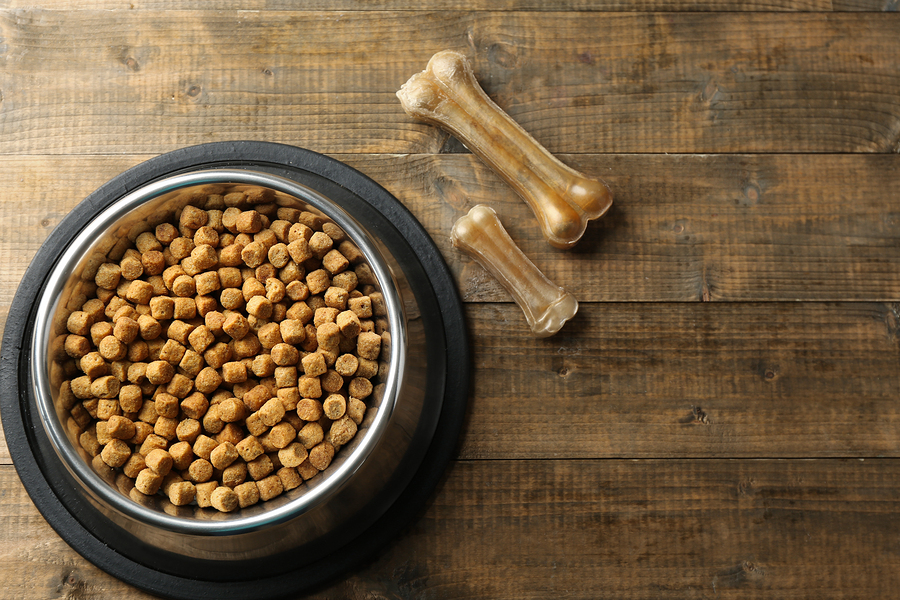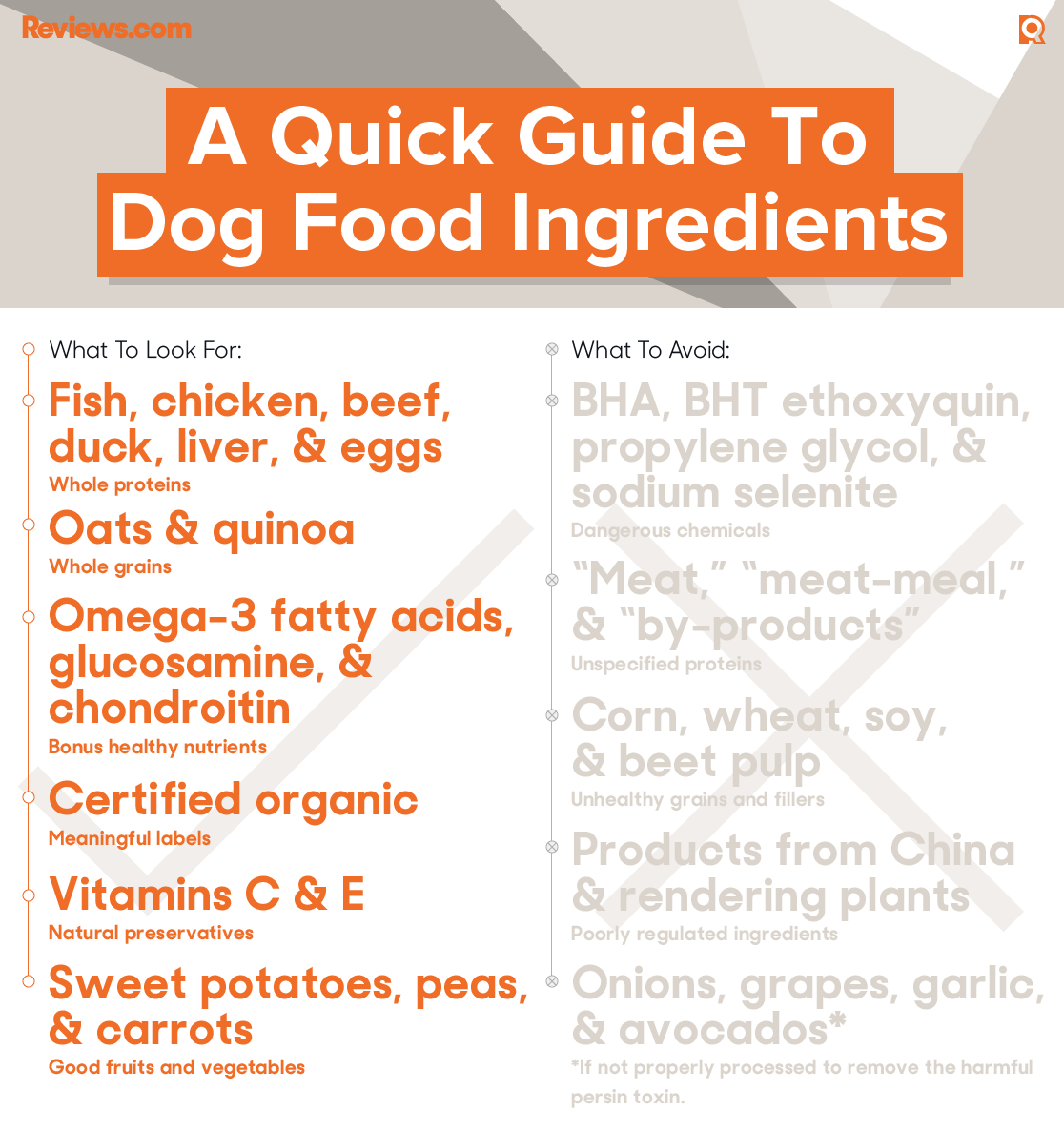
This post may contain affiliate links. We are compensated for referring customers to our affiliate partners.
Adult dogs and puppies are two completely different animals. They have different nutritional needs and different levels of energy. How do you know if you should be feeding your puppy a puppy food formula or a dog food formula? Let’s take a look at the difference between adult dog food and puppy food so that you can make the best decision possible.
Dr. Kim Hammond Explains When To Switch Puppies To Adult Dog Food
Adult Dogs V.S. Puppies
We all know that puppies are cute. And they bounce a lot and have sharp teeth. They usually need a lesson in manners and a completely different dog food from their grownup counterparts.
A puppy’s nutritional needs are much more expansive than an adult dog.
The reason there is such a difference between adult dog food and puppy food is because puppies need calories for all the energy they have, plus they need calories to support their growing bodies and bones. Every calorie that they consume should be packed with nutrition. No empty calories allowed. A puppy’s stomach is only so big and can’t hold as much food as a grown up dog, so feeding them in small chunks, but often, is a good idea.
How To Properly Switch Your Dog To A New Type Of Food
Regulations On Adult Dog Food And Puppy Food
AAFCO, or Association of American Feed Control Officials, has guidelines and regulations for what goes into adult dog food and puppy food. They have standards in place to define what is categorized as a puppy food and what is labeled as an adult dog food. Here is a list of a couple of the main ingredients in dog food as well as the minimum requirements and how they differ between adult dog food and puppy food.
Protein – 22% for puppy food and 18% for adult dog food
Fat – 8% for puppy food and 5% for adult dog food
Calcium – 1% for puppy food and 0.6% for adult dog food
Phosphorus – 0.8% for puppy food and 0.5% for adult dog food
Sodium – 0.3% for puppy food and 0.06% for adult dog food
Non-Regulated Ingredients
Some ingredients in adult dog food and food do not fall under the AAFCO rules and regulations. One example of this is Omega 3 and 6 fatty acids. There are no guidelines as to how much fatty acids need to be contained in dog food. But, as you’ve probably learned, fatty acids are good for a dog’s skin, coat, brain, nerves, and general well-being. When looking for a dog food to feed your pet, you will want to look for a food that contains these ingredients. Check out the amount being offered in each food because with no regulations, the amount can vary. If a dog food includes fatty acids from ingredients like flaxseed, fish oils, or other natural sources, you can probably bet that it is a good food and worth feeding to your pet.
Calorie Density
Puppy food packs a lot more calories per bite than adult dog food. Some adult dog foods contain fillers like fiber and grains to help your dog feel fuller for longer. Puppy food is all about getting the highest amount of calories into a tiny stomach to keep your puppy fueled until the next feeding. Feeding an adult dog a puppy food will put them at risk for too many calories all at once. Feeding a puppy an adult dog food will put them at risk for not enough calories, slowing or stunting their growth. Be sure that you are picking the right formula for your pet’s age. If you have a pet who needs some extra calories due to recent weight loss, or a rescue dog who needs to gain some weight back, your vet may recommend a puppy food in certain situations. It can help some dogs get a jump on their calorie intake. But for most pets, sticking with the right formula is the best idea.
Large Breed Puppies
Large breed puppies have it even harder than smaller breed puppies. They are born being this little, cute ball of fur with huge paws that rapidly turns into a huge monster. The high rate of growth and energy needed to be a large breed puppy calls for a very high-calorie count. Large breed puppies are at a higher risk for developing orthopedic diseases such as hip and elbow dysplasia. Because they grow so quickly, their food needs extra considerations. Studies have shown that large breed puppies who grow at too fast of a speed are more prone to these diseases later in life. If you have a large breed puppy, it is best to feed them a food designed especially for them. You can find large breed puppy formulations in your local pet food store. These foods still have a higher ingredient level than adult dog foods, but slightly lower fat and phosphorus levels. They also contain a carefully balanced combination of calcium and phosphorous levels in order to encourage healthy bone growth and development at the proper rate.
When To Make The Switch To Adult Dog Food From Puppy Food
When is it time to switch your puppy over to adult dog food? Most vets recommend making the switch when your dog reaches about 80% of their full adult size. This happens at different times and different ages for different breeds of dogs. The smallest dog breeds usually reach this size first, around 9 or 10 months of age. Medium sized breeds continue to grow until they are about a year old. Large breed puppies grow at a slower rate and should eat a large breed puppy food until they are 12 to 16 months old to encourage the slower growth rate.
Starting your puppy off with the right nutrition will help them lead a happy and healthy life. A happy, healthy puppy means a lifetime of happy memories with your new best friend. If you have any concerns about your new puppy’s diet, it is best to consult a veterinarian to find the right plan for your particular puppy. They will be able to point you in the right direction for the best supplements and foods for you and your puppy’s best interests.

